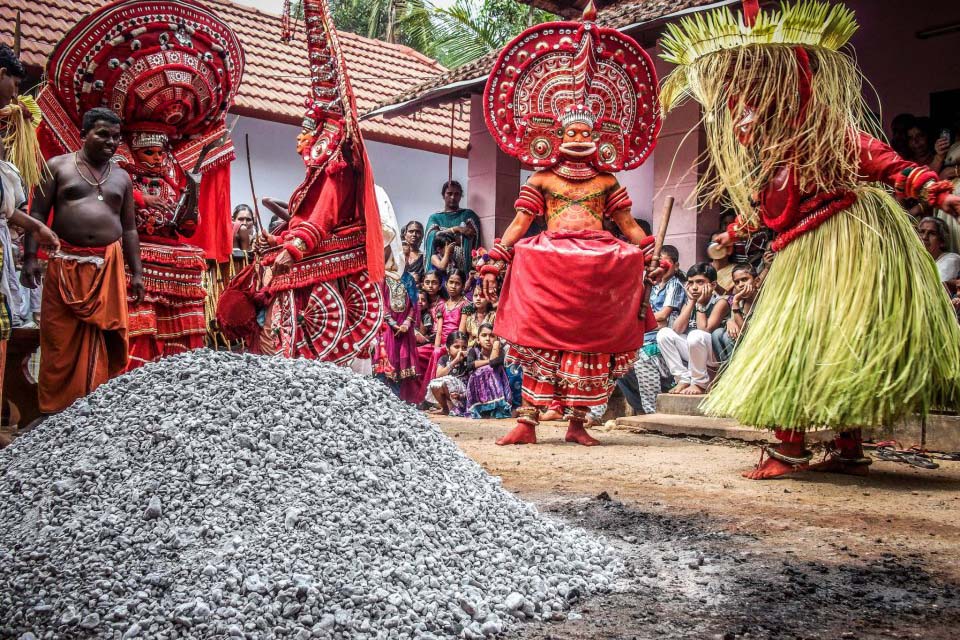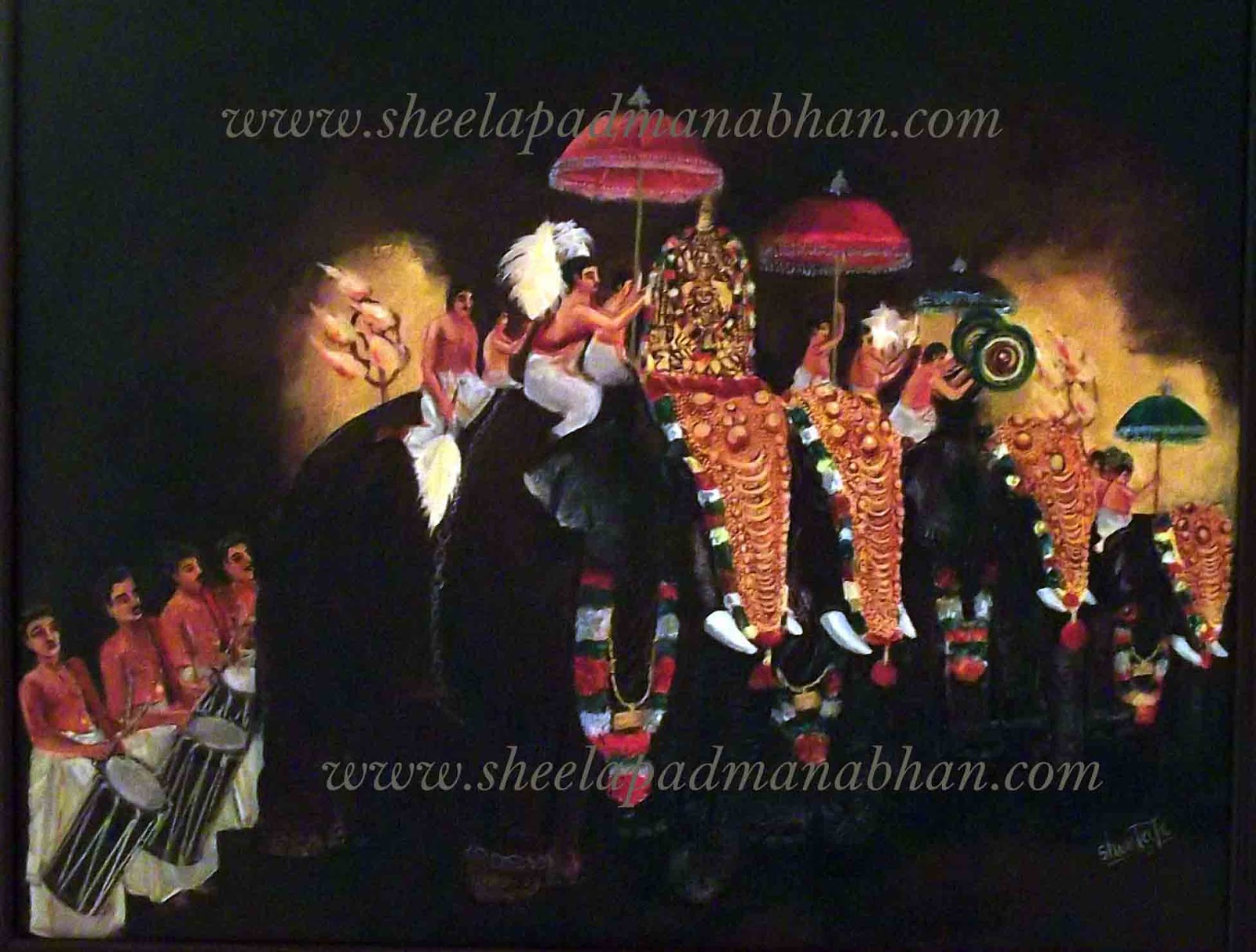https://www.facebook.com/TanjoreArt?ref=hl
6. The finished paintings are coloured using either
using natural colours,or acrylic paint. Then Framing of the painting is done.
Tanjore paintings originally belong to Tamilnadu and dates back
to 1600 AC or so. The art form flourished under the patronage of Maratha Kings. The art could only be
fostered by royal patronage as it wasn't just limited to drawing and painting,but also involved the usage of gem stones and gold sheets. These original 24carat gold
embellished paintings catered to palaces and temples in South India and decorated
the royal homes. They were once part of the wedding gifts of rich south Indians.
The art can be seen adorning the walls and ceilings of Madurai Meenakshi Temple
and other big temples in the South. These paintings were gifted to dear ones,
in special occasions also. Nowadays #Tanjorepaintings are the ‘in' things
in the interiors of the rich and famous as interior designers too wanted it to
be a part of home décor.
In times when the art connoisseurs were Rajas and Maharajas, it
is told that original precious stones were used to adorn these paintings. It is
also believed that if a Tanjore painting of infant Krishna is kept in the room,
a new born will resemble him. Likewise, a Radha-Krishna painting will help you
to have a love laden married life.
Each painstakingly done works reflects the dedication and
commitment of artists. Usually god and goddesses are the main subjects’ .Avoiding
any kind of mixtures, the paintings with primary colours and generally made on
cloth pasted on to a wooden plank. A special adhesive (Arabian gum and
flour) is used in raised levels for jewels, drapery and architectural elements
like pillars and temple pavilions. This is then embedded with semi-precious
stones and pearls and covered with 24-carat gold leaf. The cost ranges from Rs.
1000 for miniature paintings to lakhs for gigantic ones, based on the size,
embellishments, quality of work, and artistic details.
Tanjore paintings are deeply rooted in
tradition, hence innovative within certain limits only. This ancient art form
flourished during 16th to18th century, when many striking temples were created
by the rulers. Hence the deities were portrayed according to the mural art
measurements. Nowadays more proportionate figures are made.. Today, just as any
other form of art, Tanjore paintings is undergoing changes, and the evolution
is seeing finer versions taking shape, and newer colours are also being introduced.
In the place of wooden planks, now marine plies are used. Natural colours are
replaced by acrylics, or poster colours. Teak wood frames are replaced by
synthetic frames. But the procedure and use of gold foils and stones are still
the same.
How Tanjore paintings are made-
How Tanjore paintings are made-
1. The first step is Board preparation. On a Waterproof wooden
board, white cotton cloth is pasted and coating work is done with mixture of
lime stone powder and gum so that the meshes of cloth are closed. Then polishing
is done for a smoother painting surface.
4. Muck work is done with lime stone powder and
Arabic Gum. The base for ornaments and embossed areas are done.
5. Fine designs are made over Base Muck work, where
ornaments, are drawn with thick muck compound and will be left to dry
completely. 24ct Pure gold foils is pasted over
the embossed work and Brush design work. The gold foil is cut in suitable shape
and size to suit the paintings and will be pasted with gum.




















